Bacillus bulgaricus doesn’t sound very appetizing (does it?!), yet, it’s the name of a friendly bacteria in your yogurt. Not all yogurts are created equal. To be healthy, it needs to contain billions of live cultures, without having added sugar, other additives, or artificial flavors. If you recently have taken antibiotics (literary meaning “against life”), or if you are striving to maintain a healthy gut environment to support your immune system, it may be your best choice of probiotic (meaning “pro-life”). Yogurt has been valued for its nutritious and healing properties which, in addition to destroying harmful bacteria in the gastro-intestinal tract, can increase calcium and lower one’s cholesterol levels. Its overall ability to reduce inflammation is credited for producing cancer-suppressing compounds, and regularly consuming is linked to a better cardiovascular health. As a topical folk medicine, it’s an amazing sunburn cure – something I can personally attest to. Since my childhood in Bulgaria, I’ve been turned into a snowman, covered in strained yogurt each time I spend too many hours on the beach.
What makes Bulgarian yogurt unique is that its bacteria thrive in abundance, in my homeland, but quickly perish outside of their natural environment if not artificially preserved. Throughout history, people have used different kinds of milk for their homemade yogurt. When the Thracians lived in the region, they fermented milk from sheep and goats. Before them, the tribes that were mostly nomadic (notably among them, Genghis Khan’s warriors), traveling from place to place, used mare’s milk. They stored it in bags made from animals’ stomachs to easily transport it on the horses’ backs. That’s probably how the first fermentation began; the gut bacteria from the bags got into the milk and – surprise! – it turned it into a deliciously nutritious and quite durable food.
The debate about where yogurt was invented is perhaps never going to be settled. Cultured milk has different names in different countries that claim to have produced the first delicious batch. However, for many centuries, yogurt was not a product; it was homemade, not commercially produced, until the beginning of the 20th century.
The interest in the good bacteria started in 1905, when the Bulgarian physician Dr. Stamen Grigorov, then still a student in Geneva, decided to research the fermentation process of the homemade Bulgarian yogurt. He discovered that the rod-shaped bacterium (later called Lactobacillus bulgaricus) in a perfect symbiosis with another microbe (Streptococcus thermophilus) were the precious microorganisms giving life to the unique Bulgarian sour milk. They were not part of the microflora of the human intestinal tract, but were later proven to be incredibly beneficial to it when used as a ferment and consumed as yogurt. Another scientist, Russian Nobel Prize Laureate in Physiology and Medicine Ilya Mechnikov, became interested in Dr. Grigorov’s discovery. At the time, Mechnikov was head of research at the Pasteur Institute in Paris, where his focus was on studying the reasons for aging. His attention was drawn to the fact that Bulgaria had the most centenarians in Europe: 426 per million. Some of the country’s mountain regions were notable for the longevity of their inhabitants, who were known to consume a large amount of yogurt daily. As an immunologist, Mechnikov was the first modern scientist proclaiming the human ability to naturally build an immune response to disease. He attributed the good health and longevity of the population in the tiny Balkan country to the lavishly-consumed cultured milk, which was (and still is) a staple in Bulgaria.
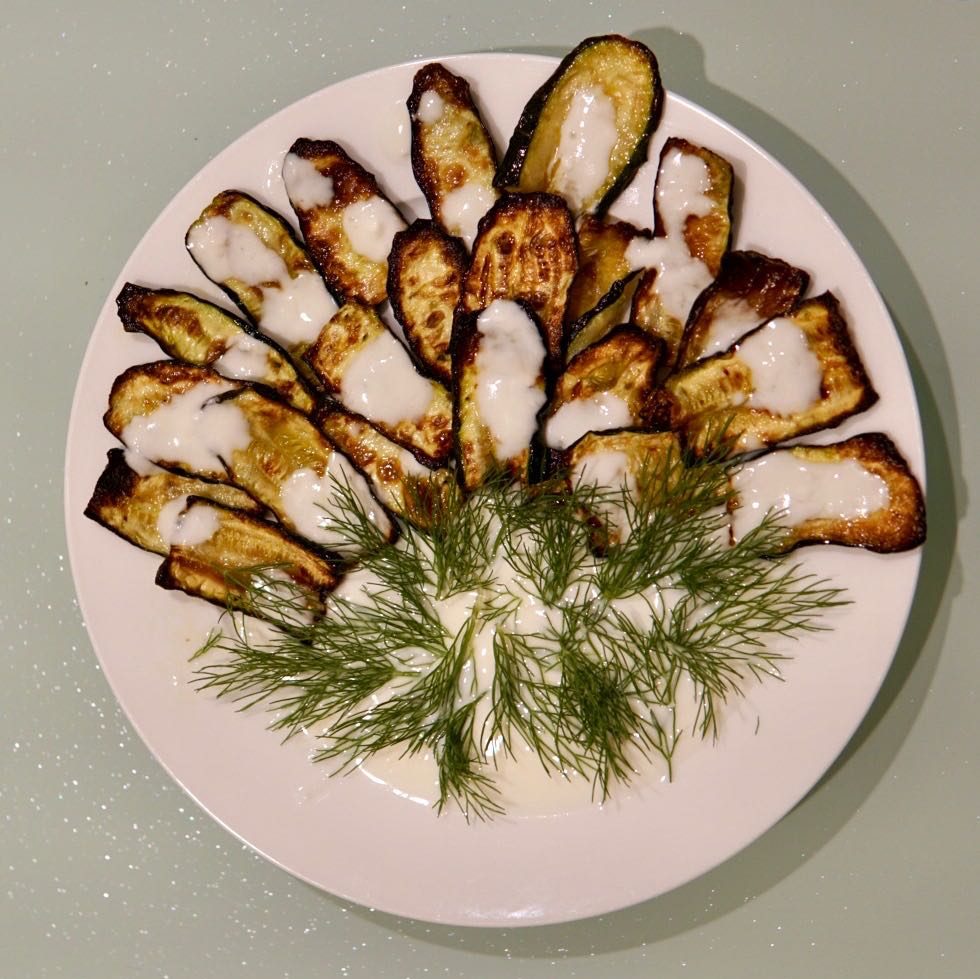
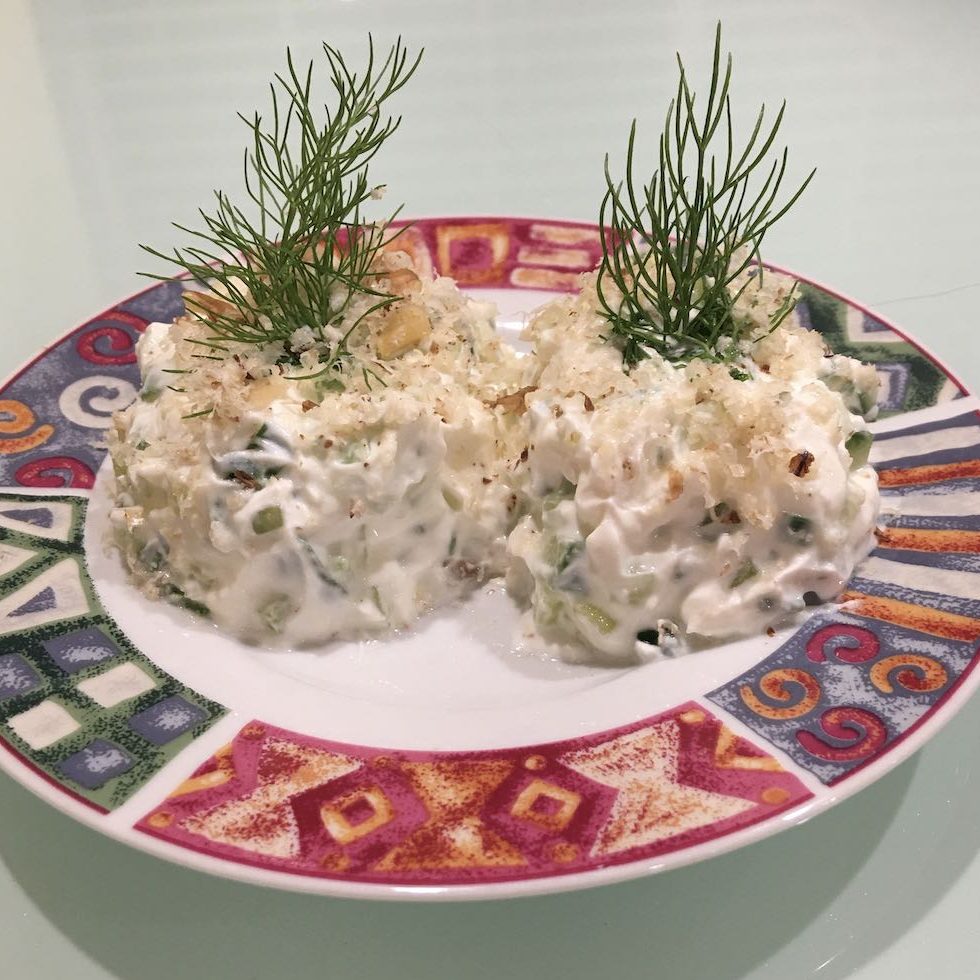
Most Bulgarians swear that yogurt goes well with any food. In fact, they live by this belief, making the creamy food part of every single meal of the day, every day. Breakfast may consist of just a bowl of plain (unsweetened) whole milk yogurt, or it may be in a delicious combination of feta cheese filo pastry, complemented with a drinkable yogurt, diluted with water for a smooth consistency. It’s added to stews and casseroles to make their tastes more light and delicate. It becomes a mouthwatering lunch when it’s poured over baked or fried zucchini. It is a perfect food during the hot summer days, served as a refreshing cold soup with cucumbers, garlic, walnuts, and dill – or, using the same ingredients with strained yogurt, as an appetizing salad, called “Snow White.” It’s also an essential ingredient in many baked dessert recipes, giving them a velvety texture and delectable taste.
Getting hungry? Here is how to easily make your own creamy and deliciously-healthy yogurt. First, do your homework when purchasing the starter culture, making sure it contains live Lactobacillus bulgaricus and Streptococcus thermophilus (preferably nothing else). You may search for Bulgarian yogurt starter. Take half a gallon of milk of your choice (plant-derived options are a good alternative). Following the starter instructions, you’ll need about a ¼ teaspoon of live culture.
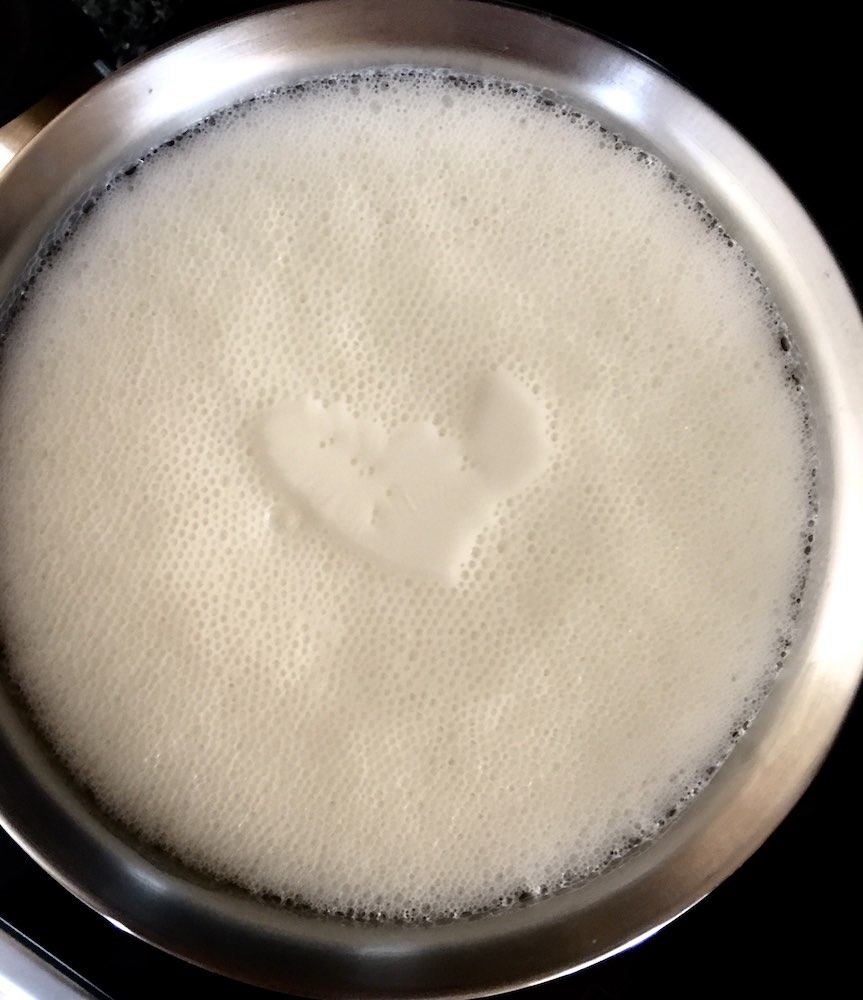
Directions
- Heat the milk until just before its boiling point (when all the tiny bubbles form on top).
- Let it cool to about 110 degrees fahrenheit. (Use your clean fingers to check; it shouldn’t be too hot to endure touching it.) Transfer it into a glass or ceramic container (no plastic, please!).
- Add the starter, and gently stir it into the warm milk. While doing so, observe the healthy bacteria joyfully dissolving (I picture them smiling). You may also set an intention of the good health your yogurt will bring you.
- Cover the milk with a lid or large plate, without closing it air-tight.
- Wrap the container with a blanket, and leave it to rest in a warm place for six hours while it creates its nourishing magic.
- Transfer it to the refrigerator for a few hours to make it even more firm and thick.
Afterward, indulge in your yummy homemade elixir – may it bring you a long and healthy life!

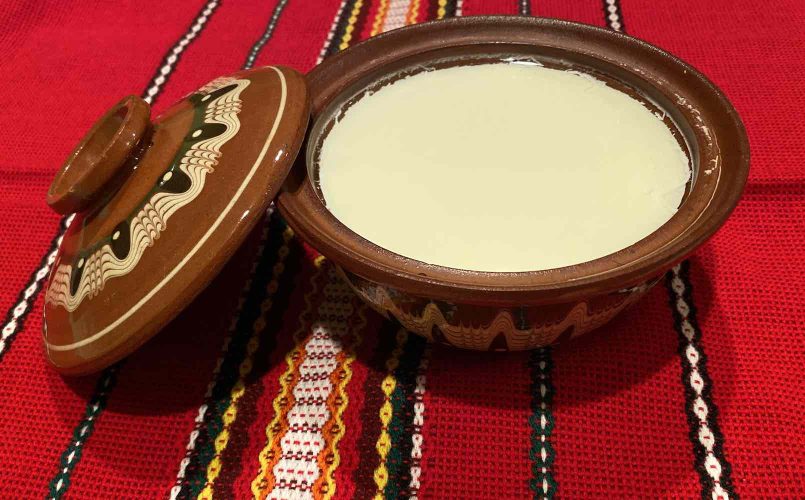







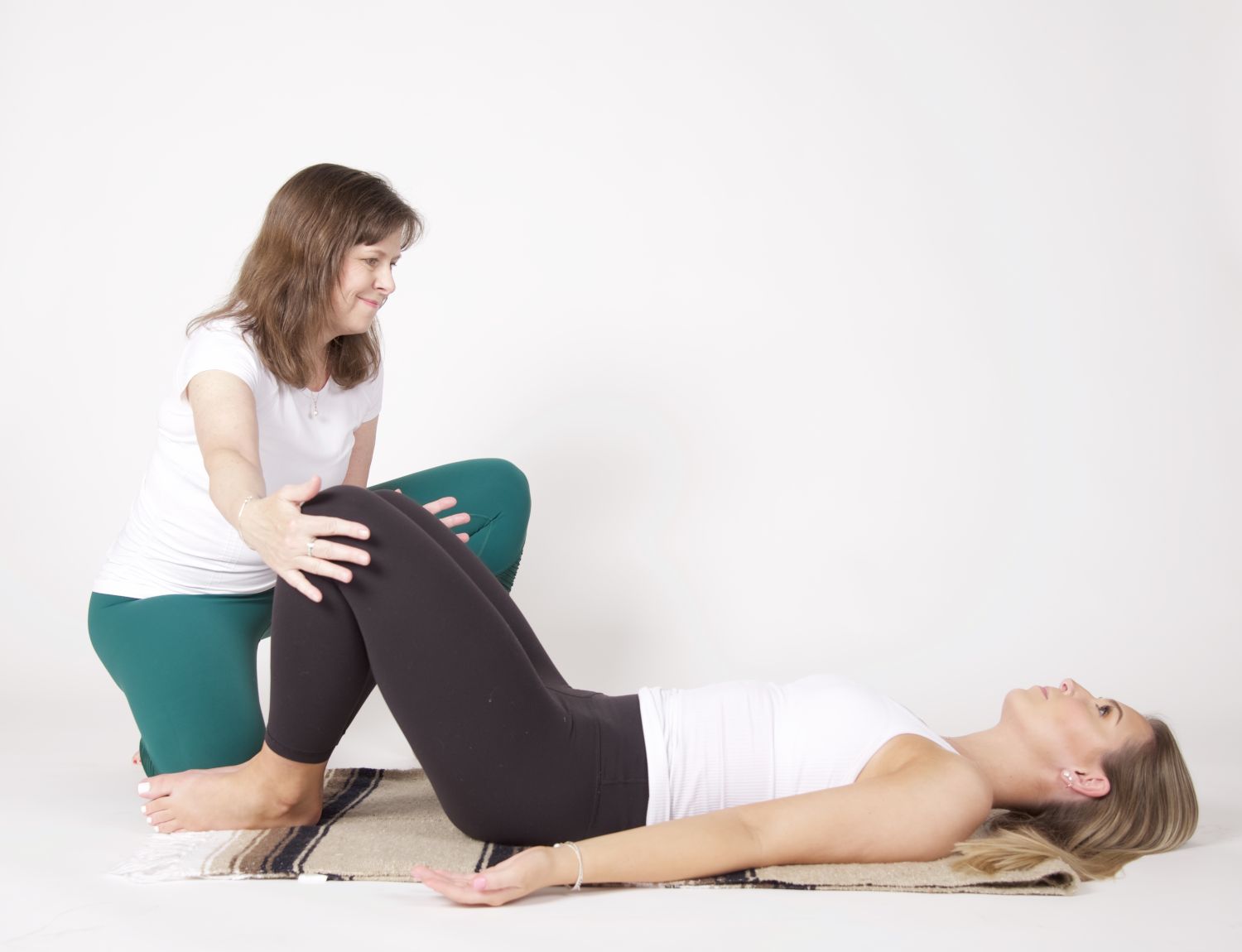
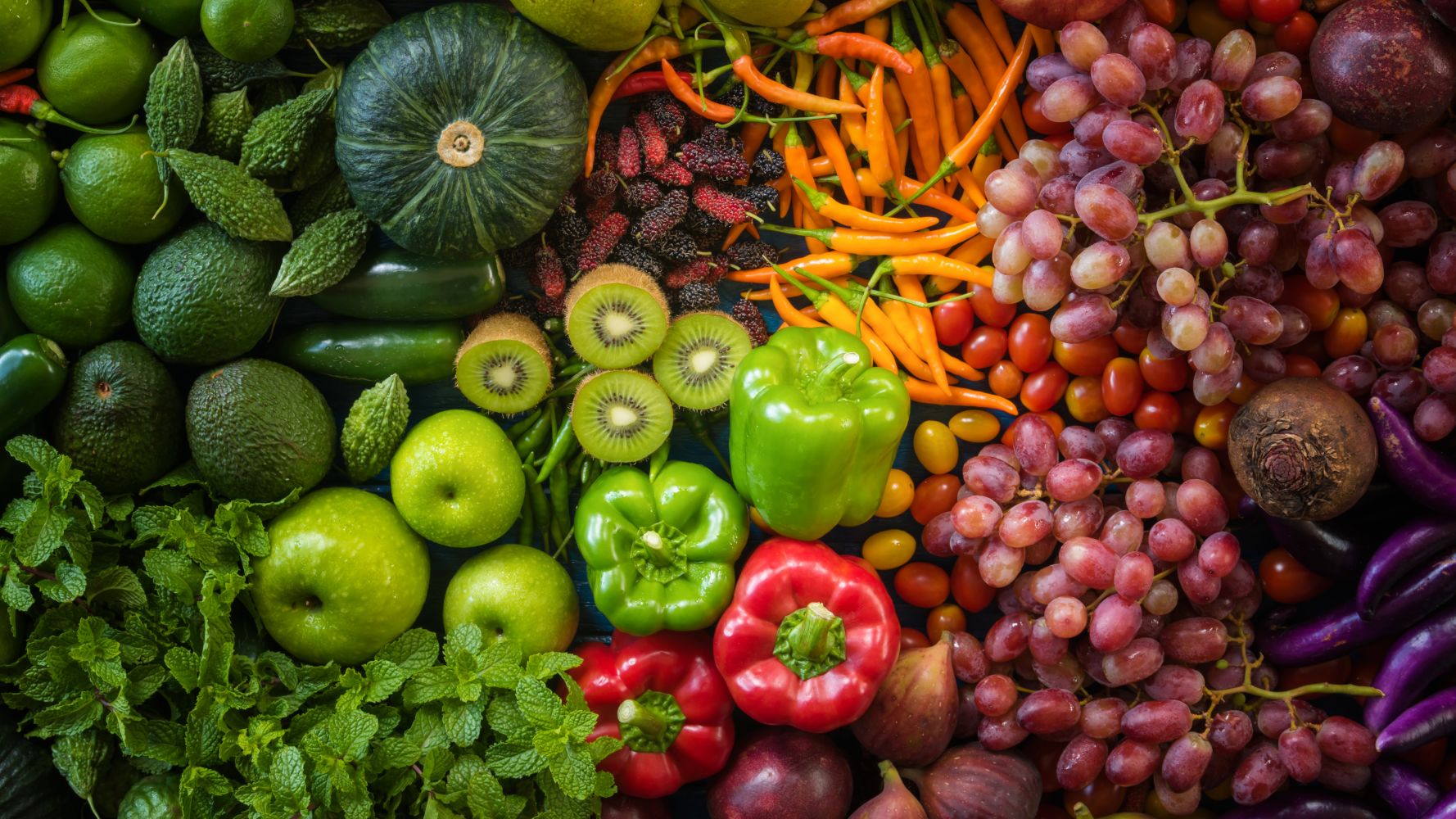



One reply on “Why Yogurt Promotes Health and Longevity”
Terrifically educational and inspiring article…will give it a whirl…thank you
Cent’anni!!!